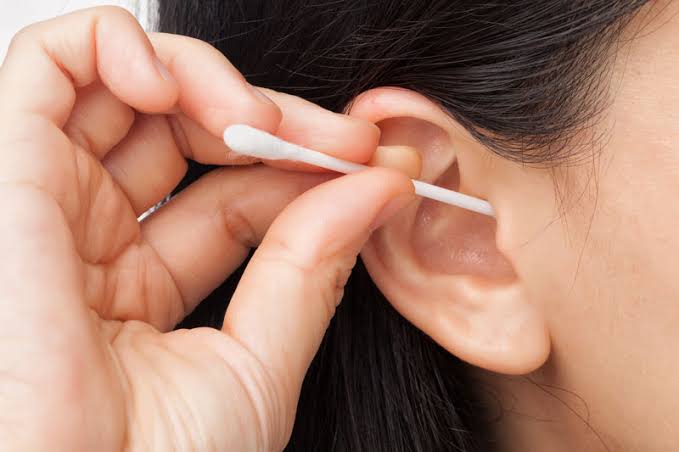While it can be satisfying to remove earwax and using a cotton swab seems straightforward, what if we informed you that this common practice could be more harmful than beneficial? It may appear to be an innocuous part of your hygiene regimen, but utilizing cotton swabs for ear cleaning can actually lead to numerous issues.
Health professionals even advise discontinuing their use entirely.
Here are why you should not remove the earwax account to experts:
1. Earwax is beneficial
Surprisingly, earwax (or cerumen) is not something you should eliminate. It plays a vital role in maintaining ear health. Earwax serves to trap dirt, dust, and other debris, preventing them from penetrating further into your ear canal. Additionally, it possesses antibacterial qualities that help shield your ears from infections. Your ears are made to cleanse themselves, with earwax gradually moving out naturally over time. Therefore, there’s no need to poke around in your ears with cotton swabs to get rid of it.
2. Cotton swabs can drive earwax deeper
One significant issue with using cotton swabs is that they fail to eliminate earwax effectively. Rather than removing it, they frequently push the wax further into the ear canal. This can result in a blockage known as impacted earwax, which may cause discomfort, ear pain, or even temporary hearing impairment. The deeper the wax is forced, the more challenging it becomes for your ears to eliminate it naturally.
3. Risk of harm
Your ears are delicate, and utilizing cotton swabs can lead to injury if you aren’t cautious. Inserting them too far into your ear canal can harm the fragile skin or, worse, perforate your eardrum. A ruptured eardrum can be extremely painful and may lead to more severe complications, including infections or lasting hearing loss. Even with a gentle approach, using cotton swabs to clean your ears always carries some risk.
4. Infections
As previously noted, earwax possesses antibacterial qualities that help safeguard your ears against infections. Using cotton swabs can lead to the removal of too much wax, making your ears more susceptible to bacteria and infections. Additionally, if you inadvertently scratch the inner lining of your ear while using a cotton swab, bacteria can enter the cut and result in an infection.
5. Proper ear cleaning methods
When it comes to ear cleaning, the best approach is often to do nothing at all. Your ears naturally self-clean, eliminating the need for intervention. If visible earwax accumulates near the outer edge, gently remove it with a damp cloth.
However, if you suspect excessive buildup or experience discomfort, consult a medical professional or ear specialist for expert advice.
They can safely extract any excess wax using specialized tools intended for this purpose.

